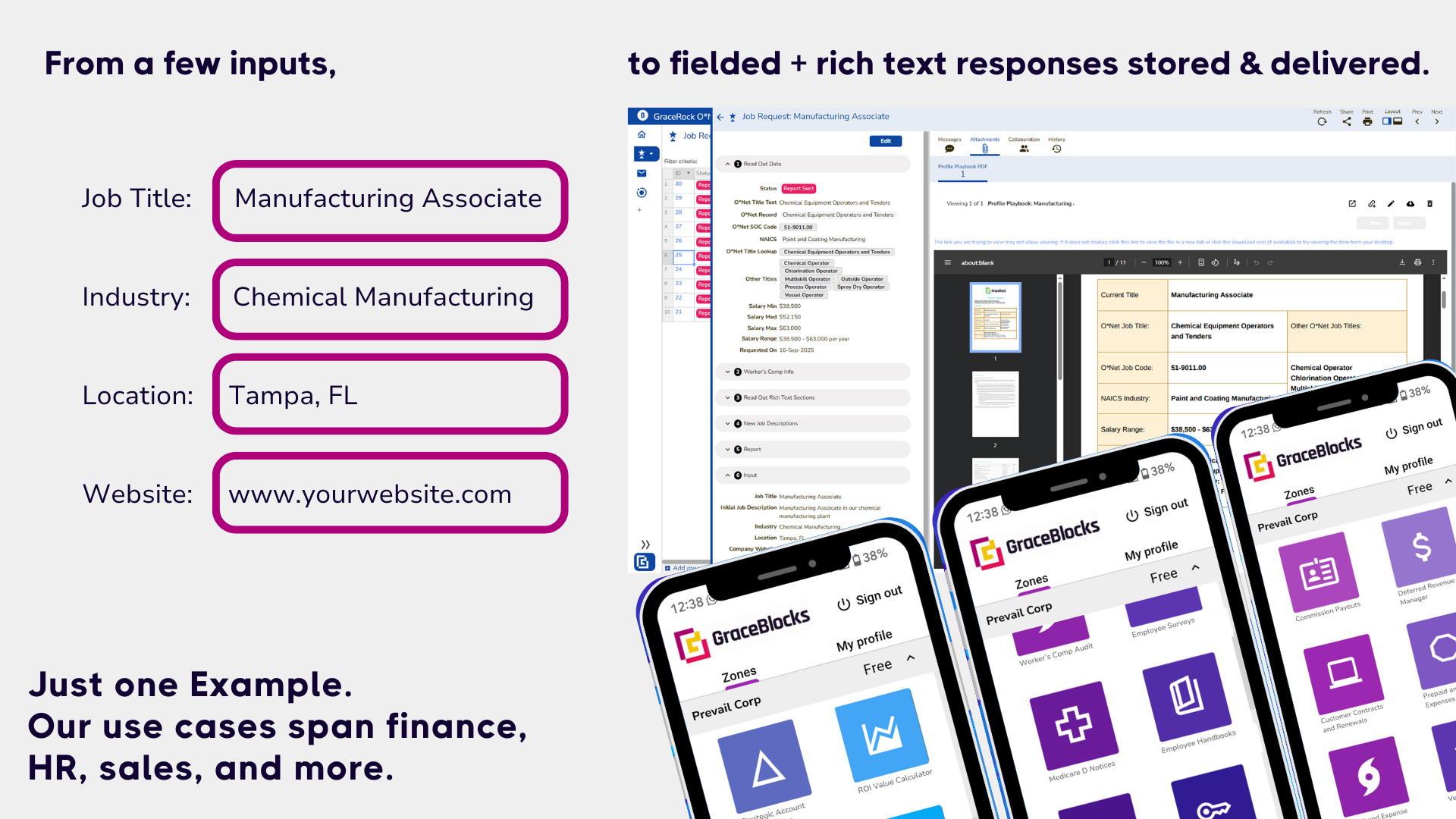9 Pillars for a good system of record
Here we lay the groundwork on which amazing software can be assembled.



Last week, we started talking about a new initiative at GraceRock: the building of GraceBlocks. We shared that GraceBlocks will be a system for building amazing software, block by block. Every design concept we introduce will be walked back to its core to build the best foundation possible. Then block by block, administrators can design their ideal system whether it be for collaborating with candidates, constituents, clients, coworkers or even friends and family. These GraceBlocks will be built using modern user experience design and 2020 technology frameworks. They will easily connect to one another and/or other systems.
We’re going to unpack these concepts further over the coming weeks. To start, just like when building a house, good software needs a strong foundation. According to Wikipedia, a system of record (SOR) is a data management term for an information storage system (commonly implemented on a computer system running a database management system) that is the authoritative data source for a given data element or piece of information. Today we are in the pouring concrete phase, and GraceBlocks needs to be strong enough to support a variety of SOR scenarios. We believe that GraceBlocks is possible because many SORs do the same thing, just with different stuff. These “things” are our pillars of focus:
Pillars for GraceBlocks
Security so users can store their data and trust their data is safe
Ease of use so that adoption is not just possible, but fun and exhilarating
Search so users can quickly and easily find things
Collaboration support so users communicate and share information with one another about what’s in the system efficiently
Integration capabilities to support data exchange through open APIs and connectors with other systems so the data is easily extensible
Data input and authorized updates (we’ll call this one Submit) by non-user’s so they can engage with the system of record
Control to manage governance over who can access information and functions
Tracking of who did what and when for audit purposes
Workflow automation so not everything has to be done manually
Intelligence so that users can be easily aided with speed of work and making decisions through Artificial Intelligence (AI)
It will take time, and we have to start somewhere, so right now we are focused on the top of this list. The work we do will tie to these founding pillars. In the coming weeks, I’ll take time to discuss each pillar in more detail.
What are we missing?
Let us know what you think. Have we’ve missed something major? Let us know your thoughts, we’re all ears. undefined
Want to stay informed?
Request early access here. And we’ll keep you posted as we continue building GraceBlocks!
Read about the other pillars here:
- 9 Pillar’s summary post
- Pillar #1: Security
- Pillar #2: Ease
- Pillar #3: Search
- Pillar #4: Collaboration
- Pillar #5: Integration
- Pillar #6: Control
- Pillar #7: Tracking
- Pillar #8: Workflow
- Pillar #9: Intelligence



.png)






